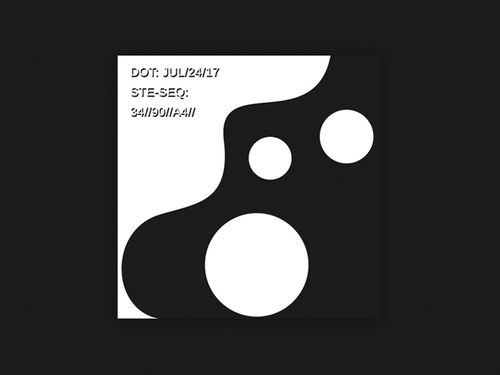Hinduism: Om Meaning and Its Multidimensional Significance
Have you ever wondered about the profound significance of the sacred syllable “Om” in Hinduism? This article delves into the meaning of Om from various perspectives, offering a comprehensive understanding of its importance in the Hindu faith.
Etymology and Origin

The syllable “Om” is considered to be the primordial sound from which the entire universe emerged. It is often transliterated as “Aum” or “Omkar” in English. The word “Om” is derived from the Sanskrit language, and its origins can be traced back to ancient texts and scriptures.
Symbolism and Significance

Om holds immense significance in Hinduism and is considered to be a representation of the ultimate reality. Here are some of the key aspects of its symbolism:
| Aspect | Meaning |
|---|---|
| Philosophical | Represents the ultimate reality, the Brahman, which is the ultimate source of all existence. |
| Divine | Symbolizes the presence of the divine in all beings and the interconnectedness of the universe. |
| Esoteric | Used in meditation and yoga practices to invoke the divine presence and achieve spiritual enlightenment. |
| Therapeutic | Considered to have healing properties and is used in various forms of therapy and rituals. |
Om in Hindu Rituals and Practices

Om plays a crucial role in various Hindu rituals and practices. Here are some examples:
-
In the morning, many Hindus start their day by chanting Om as a way to invoke the divine presence and seek blessings.
-
Om is chanted during puja (worship) rituals, symbolizing the presence of the divine in the offerings and prayers.
-
Om is an integral part of yoga practices, particularly in meditation and pranayama (breath control) exercises.
-
Om is often used in mantras, which are sacred chants that are believed to have divine power.
Om in Hindu Art and Architecture
The syllable Om is also prominent in Hindu art and architecture. Here are a few examples:
-
In temples, Om is often depicted in the form of a yantra, a geometric design that is believed to have spiritual power.
-
Om is inscribed on the walls and pillars of many Hindu temples, symbolizing the presence of the divine.
-
Om is also found in the form of sculptures and paintings, depicting various deities and divine beings.
Om in Hindu Literature
The syllable Om is extensively used in Hindu literature, including scriptures, poems, and songs. Here are a few examples:
-
In the Vedas, the oldest sacred texts of Hinduism, Om is often used as an introductory syllable in many hymns and prayers.
-
In the Bhagavad Gita, one of the most important Hindu scriptures, Om is mentioned several times, emphasizing its significance in the spiritual journey.
-
In Hindu poetry and songs, Om is used to invoke the divine presence and express devotion.
Conclusion
The syllable “Om” holds immense significance in Hinduism, representing the ultimate reality, the divine presence, and the interconnectedness of the universe. Its symbolism, usage in rituals, and presence in art, architecture, and literature highlight its multifaceted importance in the Hindu faith.





